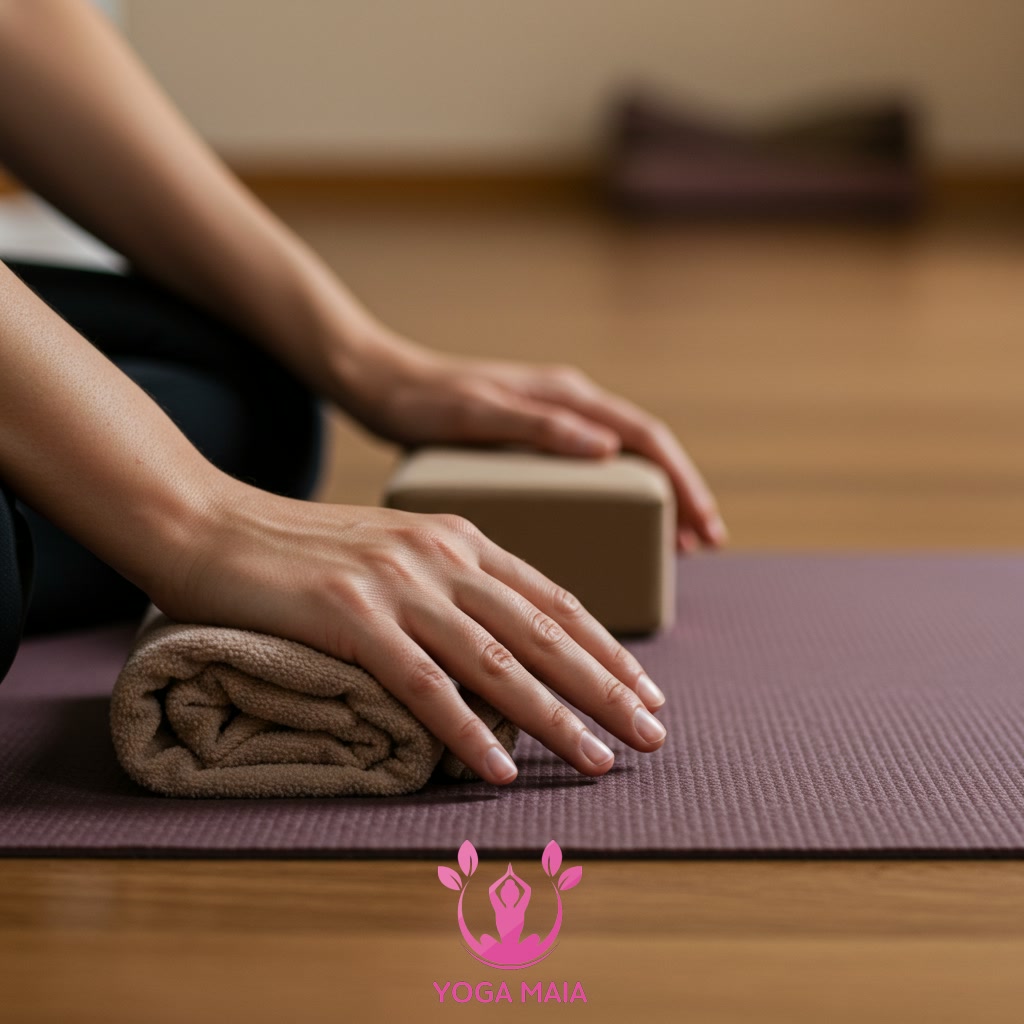Yoga Blog
Gentle Yoga Practices: Finding Energy and Ease When Living with Chronic Fatigue
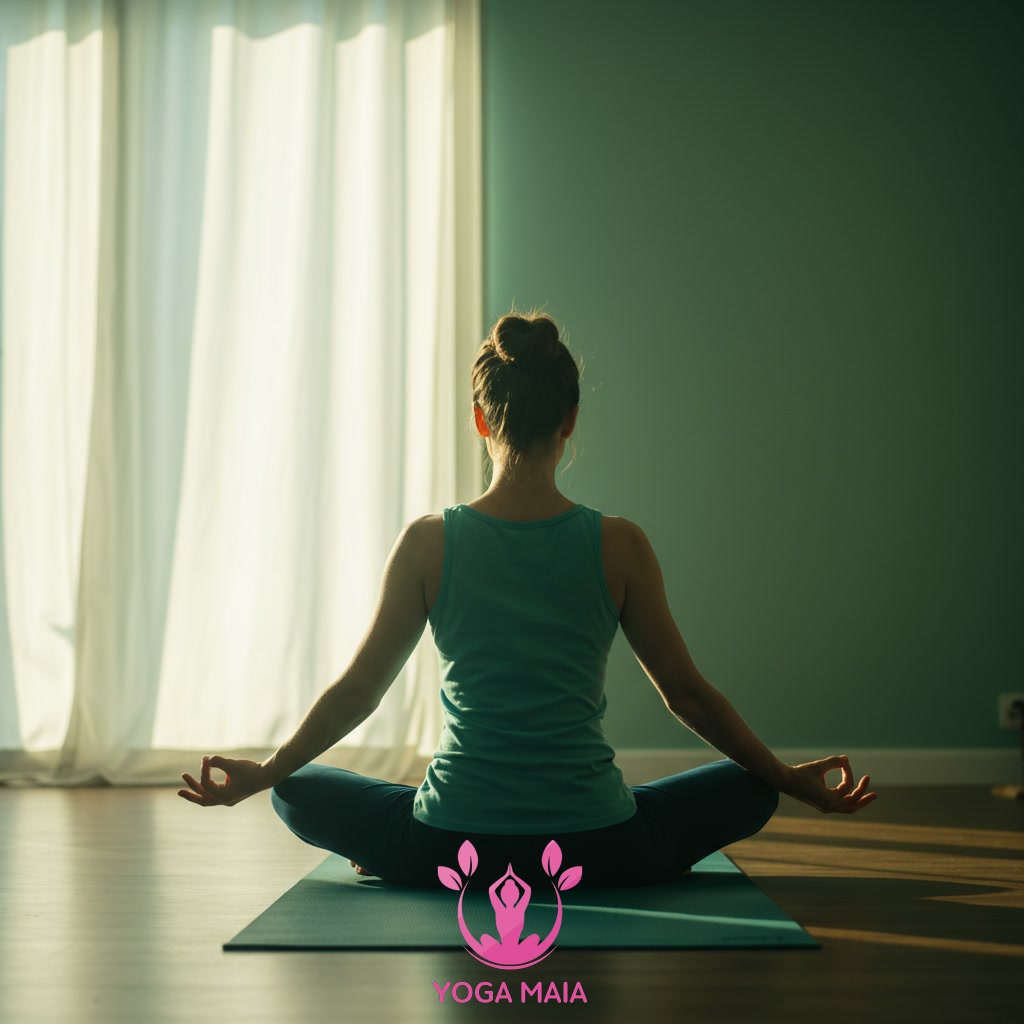
This content explores gentle yoga practices specifically designed for individuals living with chronic fatigue. It focuses on how these accessible yoga techniques can help in finding energy and ease. The aim is to provide practical methods to support well-being and manage fatigue challenges through mindful movement and breathwork.
Table of Contents
- Section 1: Introduction: Understanding Chronic Fatigue and the Potential of Gentle Yoga
- Section 2: Why Gentle Yoga for Chronic Fatigue? Exploring the Benefits
- Section 3: Core Principles of Gentle Yoga Practice for Energy Conservation
- Section 4: Gentle Yoga Poses and Techniques for Finding Ease
- Section 5: Building a Sustainable and Personalized Gentle Yoga Routine
- Section 6: Safety, Modifications, and Listening to Your Body
Section 1: Introduction: Understanding Chronic Fatigue and the Potential of Gentle Yoga
Chronic fatigue is a challenging condition characterized by persistent and debilitating tiredness that isn’t relieved by rest and can worsen with physical or mental activity. Living with chronic fatigue can significantly impact daily life, making even simple tasks feel overwhelming and traditional forms of exercise often inaccessible. This document explores how gentle yoga, a practice emphasizing slow, mindful movements, breath awareness, and postures adapted for individual needs, offers a potential pathway to finding greater energy and ease. Unlike vigorous exercise, gentle yoga focuses on cultivating awareness, promoting relaxation, and gradually building strength and flexibility without exacerbating fatigue. It provides tools to listen to the body, manage energy levels, and support overall well-being, offering a compassionate approach for navigating the complexities of chronic fatigue.

Section 2: Why Gentle Yoga for Chronic Fatigue? Exploring the Benefits
Gentle yoga offers a uniquely suitable approach for individuals managing chronic fatigue, diverging significantly from more strenuous forms of exercise that can exacerbate symptoms. Unlike activities that might trigger post-exertional malaise, gentle yoga emphasizes slow, controlled movements, mindful breathing, and poses held with support, reducing the risk of overexertion. The focus shifts from building muscle or endurance to cultivating body awareness, releasing tension, and regulating the nervous system. This practice helps to gently improve flexibility and strength without depletion, fostering a sense of ease and potentially aiding in the gradual restoration of energy levels. Furthermore, the integration of breathwork and mindfulness techniques provides tools for managing stress and calming the mind, which are crucial for overall well-being when living with chronic fatigue.
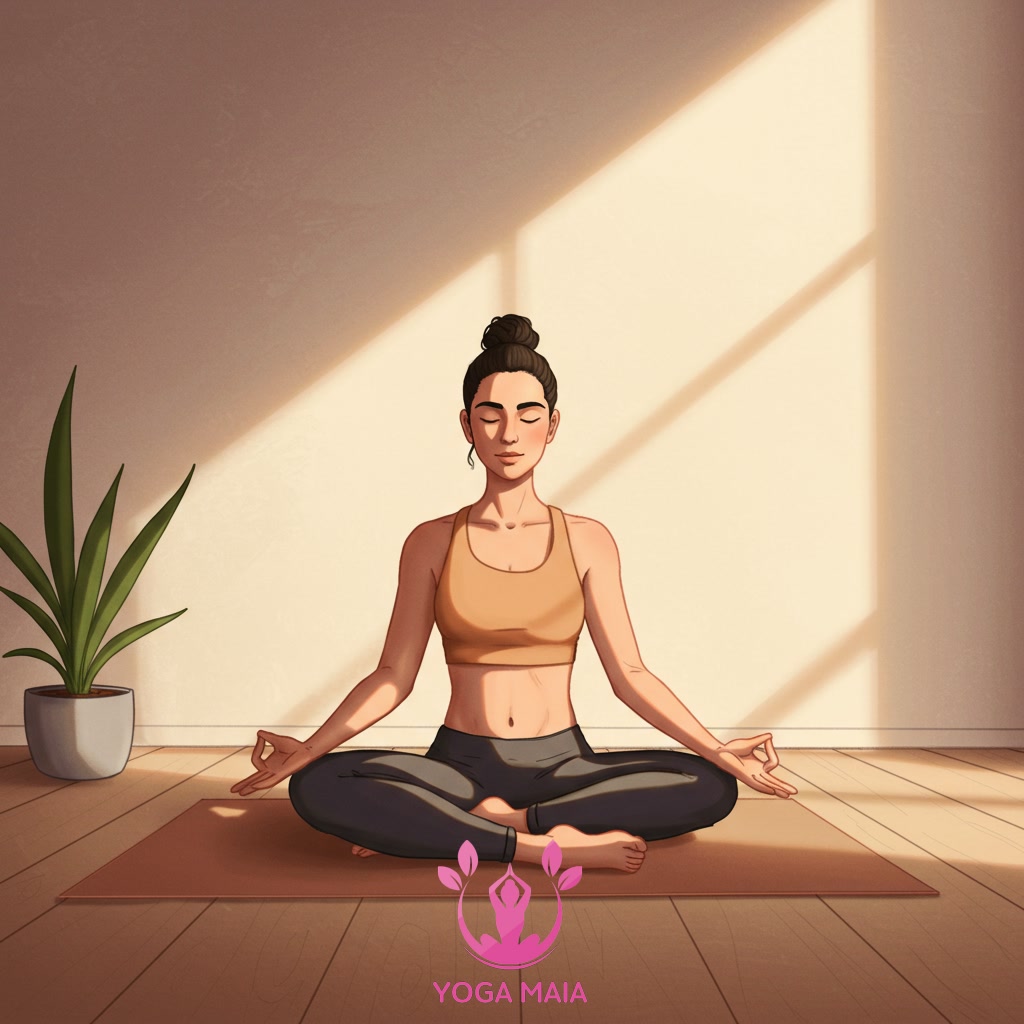
Section 3: Core Principles of Gentle Yoga Practice for Energy Conservation
Gentle yoga for chronic fatigue is fundamentally different from typical yoga, prioritizing energy conservation. Its core principles include moving slowly and mindfully, encouraging practitioners to listen intently to their body’s signals and avoid pushing into discomfort or fatigue. Emphasis is placed on ease rather than effort, utilizing gentle postures, often supported by props like blankets or blocks, to reduce physical strain. Breathwork is central, focusing on calm, steady breathing (pranayama) to soothe the nervous system and manage energy levels, rather than energizing or forceful breaths. Sessions are typically shorter, and adequate rest, including savasana (final relaxation), is considered a vital part of the practice, not an optional add-on. These principles collectively aim to nourish the body and mind without depleting limited energy reserves.

Section 4: Gentle Yoga Poses and Techniques for Finding Ease
Building on the foundation of mindful, energy-conserving movement, this section explores specific gentle yoga poses and techniques designed to cultivate ease when living with chronic fatigue. Poses are typically adapted to be accessible, often performed seated or reclined, and may utilize props like blankets, bolsters, or blocks for support, reducing physical exertion. Key techniques involve slow, deliberate transitions between postures and focusing on gentle stretching rather than deep holds. The emphasis is on finding a comfortable position where the breath can flow naturally, allowing the nervous system to settle. Simple movements like gentle neck rolls, shoulder shrugs, or supported twists are introduced to release tension without depleting energy reserves. The goal is not to build strength or flexibility in a typical yoga sense, but to foster a sense of spaciousness, reduce stiffness, and encourage deep relaxation, making daily life feel a little easier.
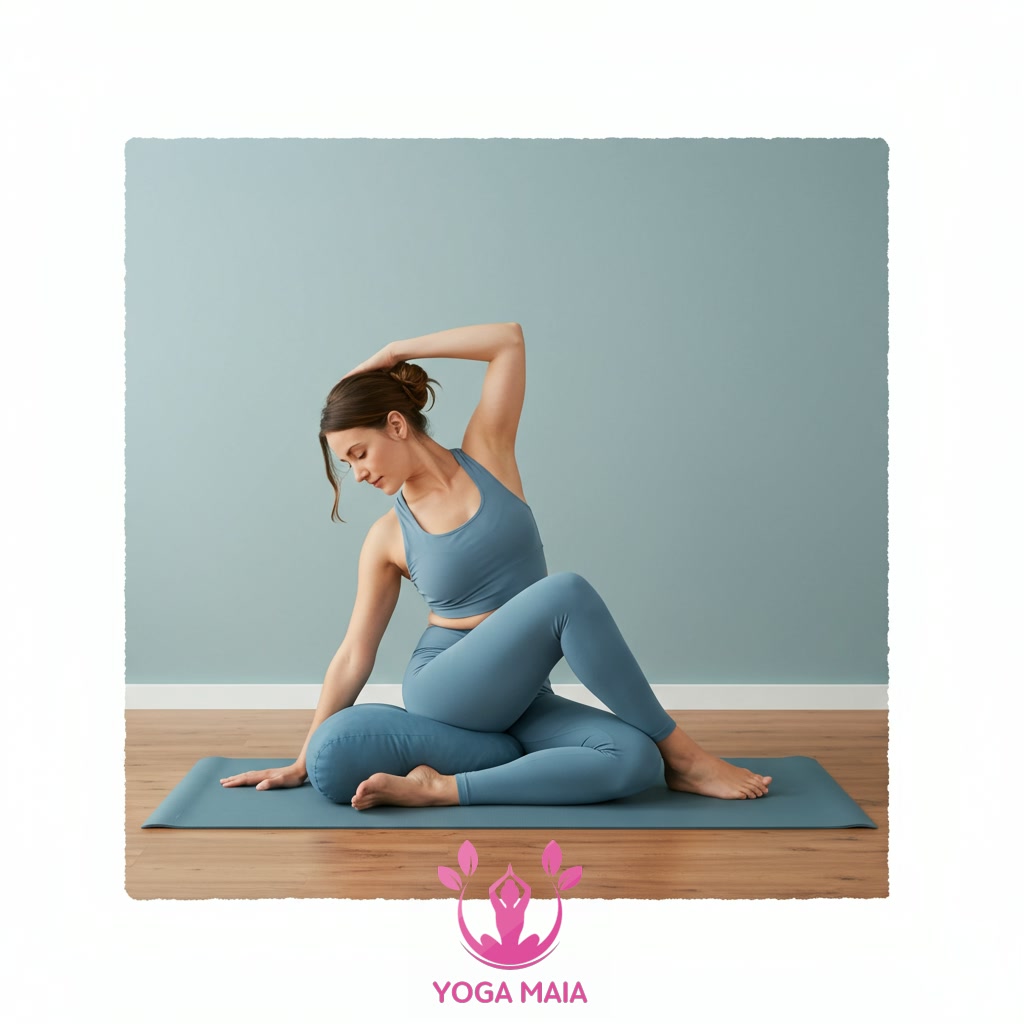
Section 5: Building a Sustainable and Personalized Gentle Yoga Routine
Moving from understanding individual gentle poses, the next step is to weave them into a sustainable and personalized routine that honors your energy levels and specific needs when living with chronic fatigue. This isn’t about adhering to a rigid schedule but rather creating a flexible framework. Begin by identifying the times of day when you typically have the most energy, even if it’s just a small window. Start with short sessions, perhaps just 5-10 minutes, focusing on a few key poses or breathwork techniques that you found most beneficial. Listen intently to your body each day, adapting the practice based on how you feel. Some days might be just simple breathing, while others might allow for a few gentle movements. Incorporating props like chairs, bolsters, or blocks can make poses more accessible and less taxing. The goal is consistency and self-compassion, not intensity or perfection, building a practice that supports, rather than depletes, your energy.
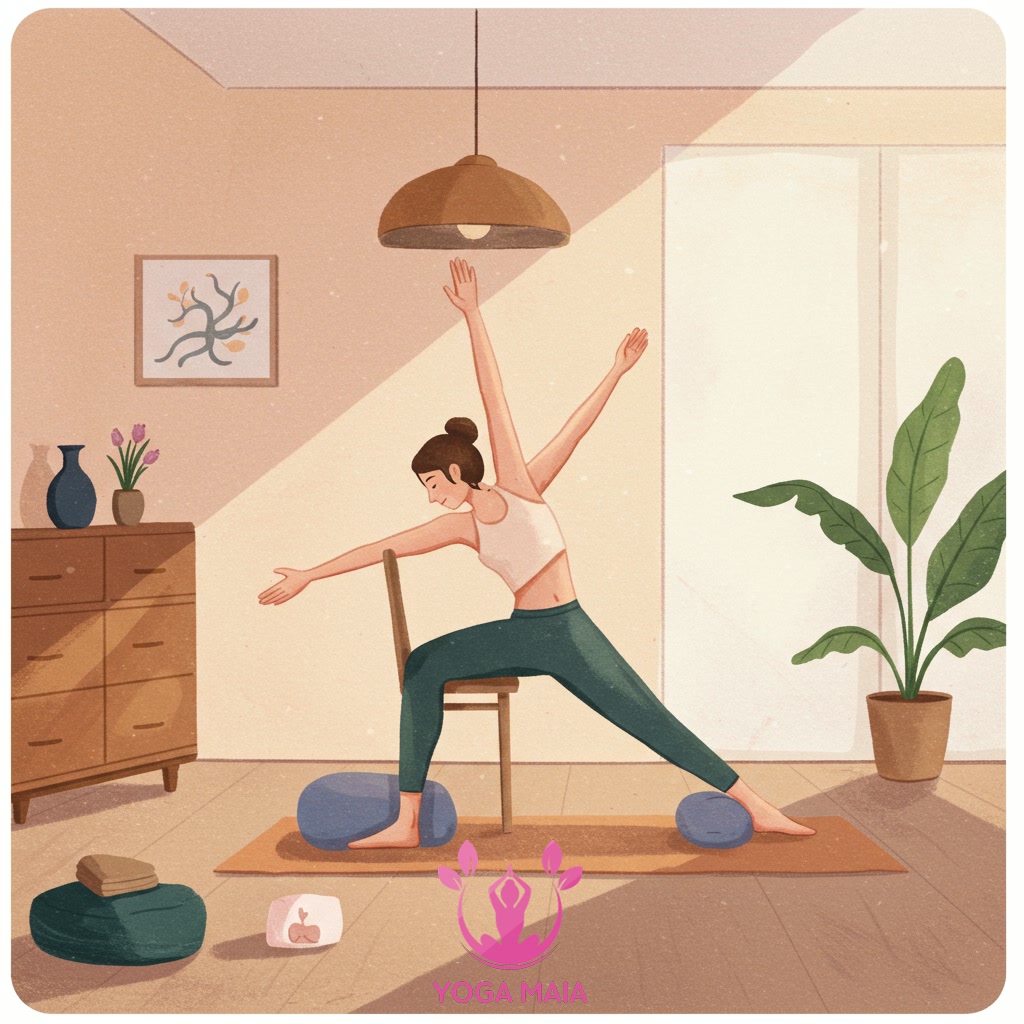
Section 6: Safety, Modifications, and Listening to Your Body
As you integrate gentle yoga poses into a routine for chronic fatigue, prioritizing safety is paramount. It is essential to approach each practice with awareness, constantly listening to the subtle signals your body sends. Modifications are not limitations but intelligent tools that allow you to adapt poses to your specific needs on any given day, honoring fluctuating energy levels, pain points, or stiffness. This might involve using props like blocks, blankets, or chairs for support, reducing the range of motion, or simply resting in a gentle posture like Child’s Pose whenever needed. Learning to distinguish between gentle stretch and discomfort or pain is vital. Your practice should feel nourishing and supportive, never depleting. By truly listening to your body, you empower yourself to practice sustainably, building energy and finding ease without exacerbating symptoms.
